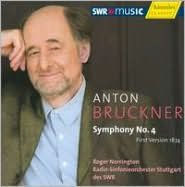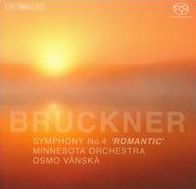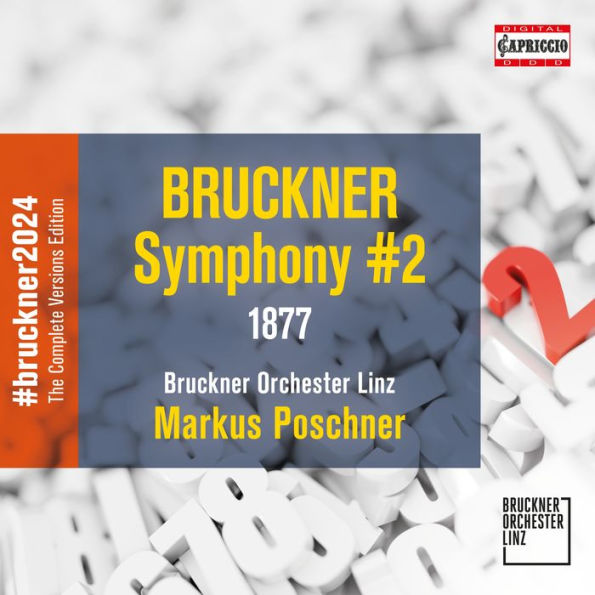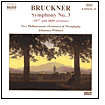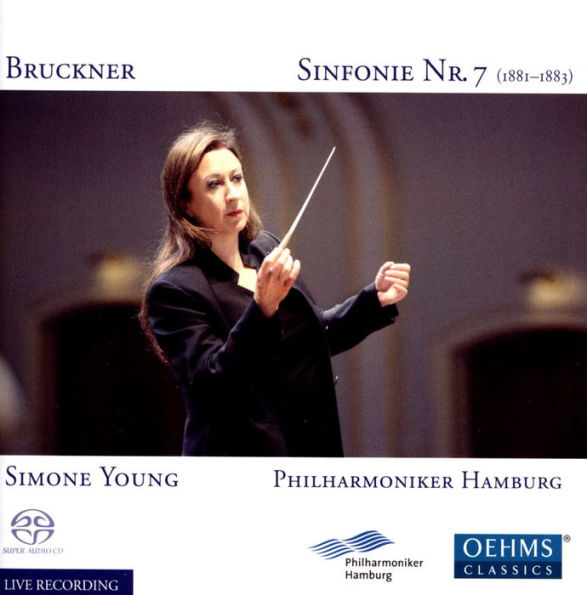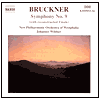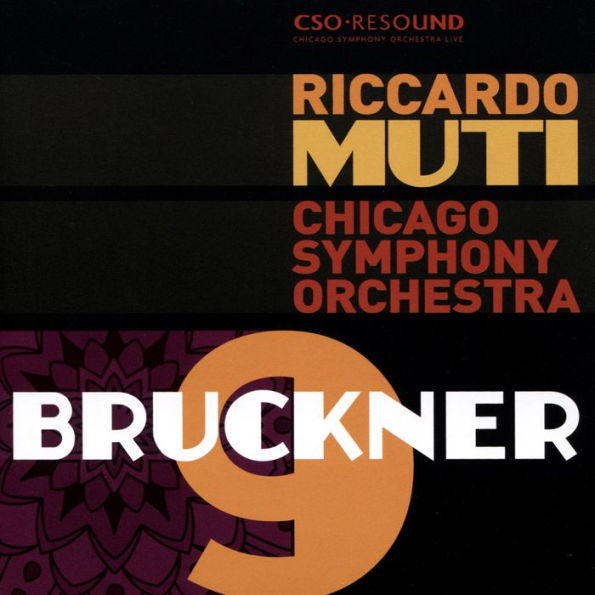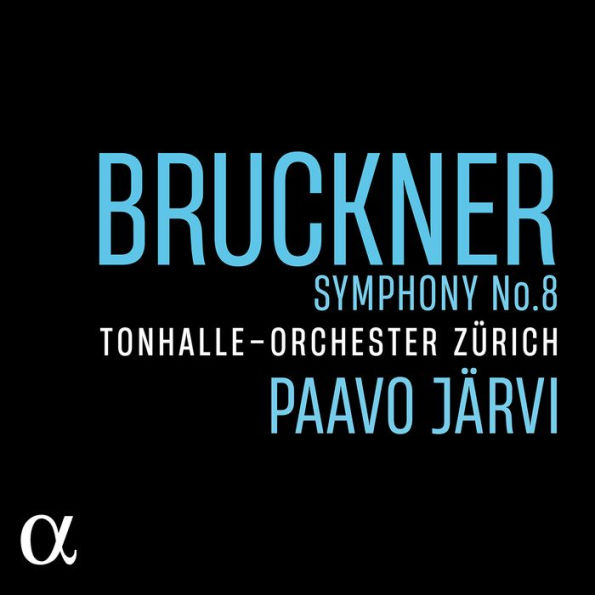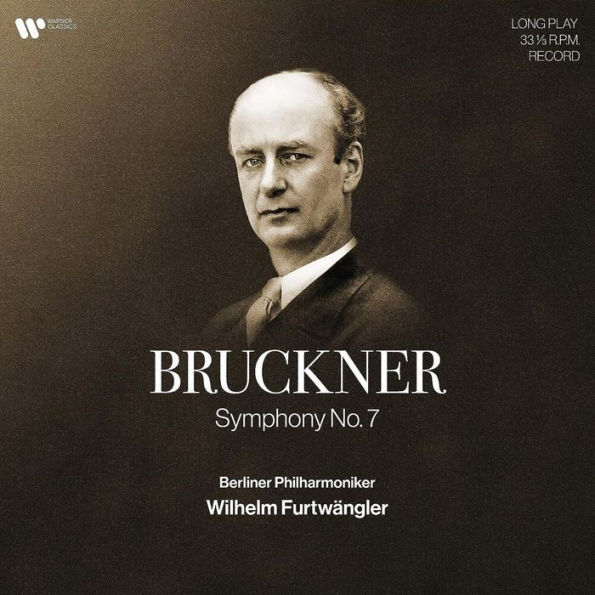Home
Bruckner Symphony 4, second version 1878/80
Barnes and Noble
Bruckner Symphony 4, second version 1878/80
Current price: $23.99
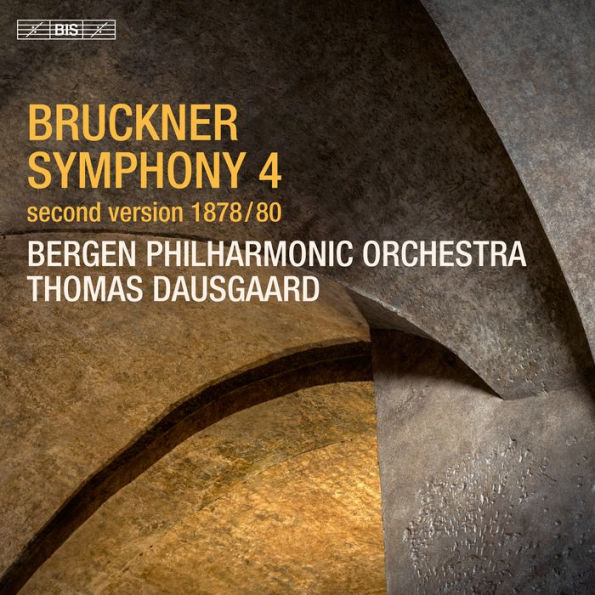

Barnes and Noble
Bruckner Symphony 4, second version 1878/80
Current price: $23.99
Size: OS
Loading Inventory...
*Product information may vary - to confirm product availability, pricing, shipping and return information please contact Barnes and Noble
Conductor
Thomas Dausgaard
's series of
Bruckner
symphonies continues in this 2023 release with the
Symphony No. 4 in E flat major
, the most popular of the composer's nine. As with much of
Dausgaard
's other work, he favors swift tempos, and this is especially evident in
. His
Fourth
clocks in at just a minute over an hour, while most other recordings of this version hover around 70 minutes, and even the typically driving
Manfred Honeck
and the
Pittsburgh Symphony
take 66 to polish it off. The results are certainly unusual, although one justification that might be offered for them is that
himself fooled extensively with the tempos of this work in his various revisions (the 1878/1880 version is used here, with the "county fair" finale). Another is that
apparently had in mind a fairly detailed program for this work, one that, apart from the designation of the third movement as a "Hunt" Scherzo, isn't much observed. As the events unfold apace and are brought out by big contrasts, it is easy here to imagine such details as described by
's friend: "Medieval city -- Daybreak -- Morning calls sound from the city towers -- the gates open -- On proud horses the knights burst out into the open, the magic of nature envelops them -- forest murmurs -- bird song -- and so the Romantic picture develops further." The first movement, lacking its usual monumentality, is the place to start sampling to determine whether one buys
's vision of the work. Although the
Bergen Philharmonic
is not a
Berlin
or
Vienna Philharmonic
, and in the hunting horns of the third movement, one can wish for a bit more grandeur, it has evolved into an agile instrument in
's hands, and the group holds together very well here in a reading certainly different from those the orchestral players must have learned previously. Dissimilar to other readings of this work,
's demands attention. ~ James Manheim
Thomas Dausgaard
's series of
Bruckner
symphonies continues in this 2023 release with the
Symphony No. 4 in E flat major
, the most popular of the composer's nine. As with much of
Dausgaard
's other work, he favors swift tempos, and this is especially evident in
. His
Fourth
clocks in at just a minute over an hour, while most other recordings of this version hover around 70 minutes, and even the typically driving
Manfred Honeck
and the
Pittsburgh Symphony
take 66 to polish it off. The results are certainly unusual, although one justification that might be offered for them is that
himself fooled extensively with the tempos of this work in his various revisions (the 1878/1880 version is used here, with the "county fair" finale). Another is that
apparently had in mind a fairly detailed program for this work, one that, apart from the designation of the third movement as a "Hunt" Scherzo, isn't much observed. As the events unfold apace and are brought out by big contrasts, it is easy here to imagine such details as described by
's friend: "Medieval city -- Daybreak -- Morning calls sound from the city towers -- the gates open -- On proud horses the knights burst out into the open, the magic of nature envelops them -- forest murmurs -- bird song -- and so the Romantic picture develops further." The first movement, lacking its usual monumentality, is the place to start sampling to determine whether one buys
's vision of the work. Although the
Bergen Philharmonic
is not a
Berlin
or
Vienna Philharmonic
, and in the hunting horns of the third movement, one can wish for a bit more grandeur, it has evolved into an agile instrument in
's hands, and the group holds together very well here in a reading certainly different from those the orchestral players must have learned previously. Dissimilar to other readings of this work,
's demands attention. ~ James Manheim
